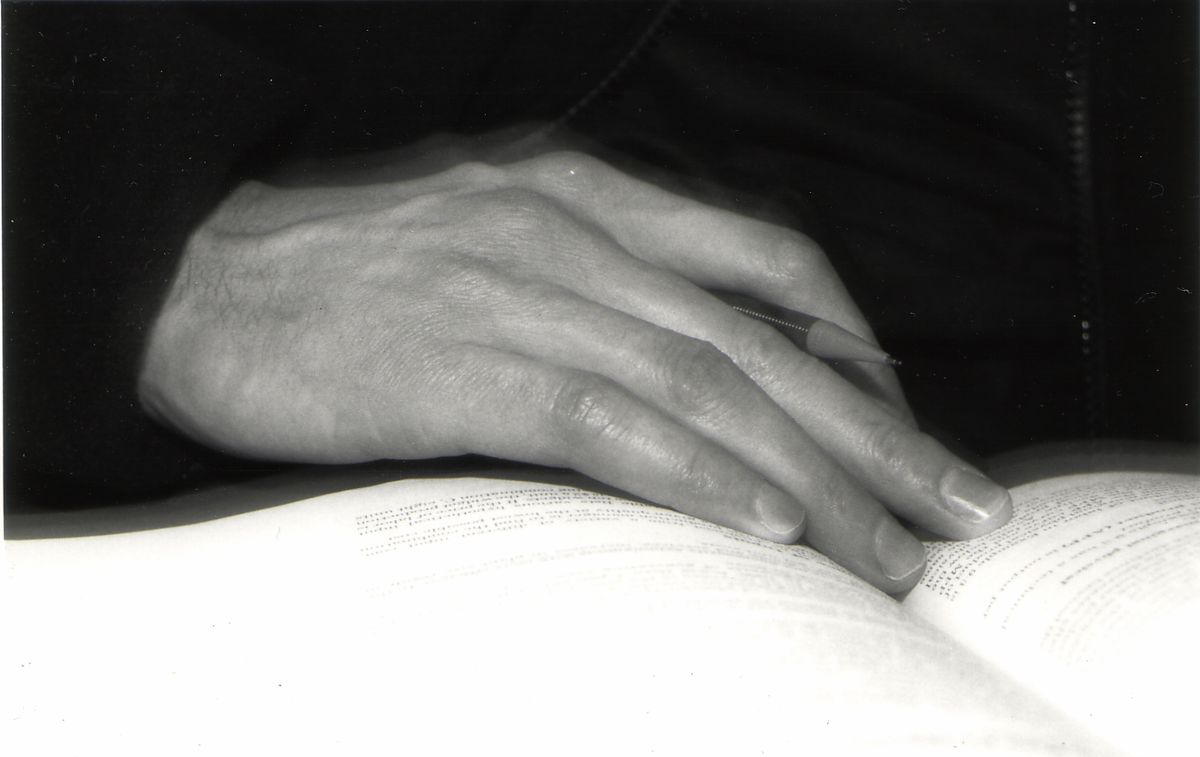Architecture and writing rooms.

The table is dark wood with a walnut swirl, 5-6 feet in diameter. It’s nestled in the southeast corner near the window facing Galer Street, holding court with seven wooden chairs on a matching wooden floor. There are always at least two people there when I arrive. The regulars. An Asian midget and one tall white guy wearing his Irish flat cap. He always says hello and I’m never sure if he’s flirting with me or not. Lately I always get tea instead of coffee. Jasmine. Because I love jasmine tea and most of the time I’ve already had my espresso quotient for the day.
Ernest Hemingway didn’t stop at just one! The many “writing rooms” of Hemingway’s Paris.
The back of the cafe is too dark, but the front of the cafe…. The light streams in, even when it’s gray out, a welcome syringe drawing words from my fingers. When I’m in the mood to write in a coffee shop, I go there. I could go anywhere within a four block radius – to Starbucks or Ladro or Top Pot or Storyville, or walk a mile down the hill to Milstead one way, Vivace the other. But I go there. Straight down Fourth if I leave out the front door. Then hang a left at Galer for one last block. Or out the back and down the alley. Left on Howe, right on Third, then straight to my writer’s room.
Scientific American: How Room Designs Affect Your Work and Mood
See also: The Psychology of Architecture
In a not-so-recent edition of T Magazine (one that I just found on the floor of my bedroom because until our new house is built, I have no proper, decent place to store my piles of books), five writers say this about their writer’s rooms:
“A hundred pages in the dining room, 100 pages in the living room while the kid’s at school. It adds up. For the first half of a new book, maybe you want your back against the wall. Gunslinger style. Nothing can sneak up on you except your own bad sentences. Try it.” –Colson Whitehead
“On the shelves are a variety of architectural models and shapes derived from building kits. When I’m writing I look at them to cleanse the palate of my brain. Writing takes place in time, while objects take place in space, and entering space for a few seconds helps me mentally change gears. I’m a visual thinker, but most writers are not. Writing in a big empty room would give me the bends. I need density around me.” –Douglas Copeland
“This writing room replicates, to a degree, the old, lost vistas of my childhood. What it contains is less significant to me than what it overlooks[…]. Like all writers, I have made my writing room a sanctuary of the soul.” –Joyce Carol Oates
Architecture affects the psyche. A barista at one of the coffee shops I frequent for espresso saw me at my writing place and accused me of being a traitor. I know! I said. But I’m not sorry. Because there’s something about that place – that round table, really – that makes me want to write.